Table of Contents
Quality Service Guarantee Or Painting Free

Get a rental agreement with doorstep delivery

Find the BEST deals and get unbelievable DISCOUNTS directly from builders!

5-Star rated painters, premium paints and services at the BEST PRICES!
Loved what you read? Share it with others!
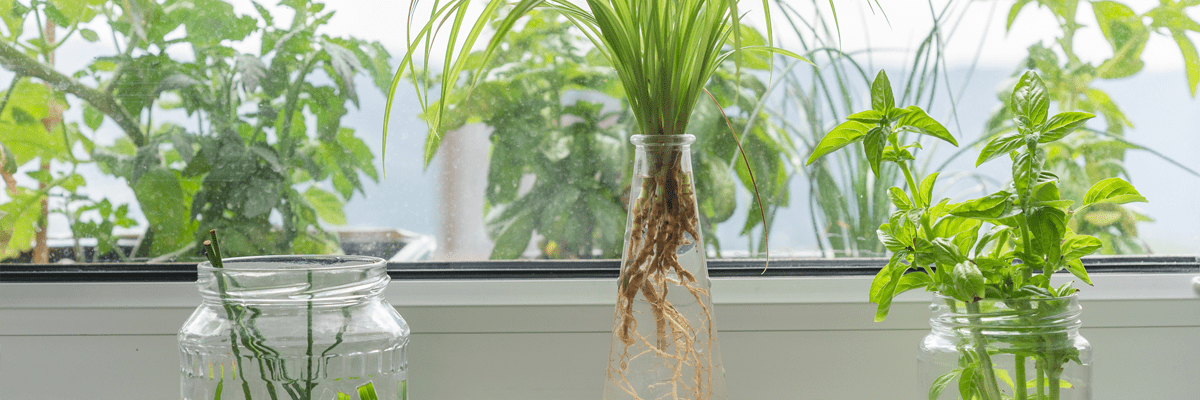

Submit the Form to Unlock the Best Deals Today
Help us assist you better
Check Your Eligibility Instantly

Experience The NoBrokerHood Difference!
Set up a demo for the entire community
Plants That Need Only Water to Grow and How it is Different from Hydroponics
Table of Contents
Did you know, a phytophilous person is a person who is fond of plants? And a plant man loves plants? If you love flowers, then you are an Anthophile.
If you can relate to any of these terms, then this blog is for you. We take a look at a few plants that need only water to grow and thrive, learn about how this works, what Hydroponics is, and what water plants you can try growing on your own.
Exploring the Feasibility of Water-Only Plant Growth
Hydroculture, also known as hydroponics or water culture, is indeed a method of growing plants without soil. It involves providing plants with the necessary nutrients dissolved in water, along with adequate sunlight or artificial lighting. While most plants naturally grow in soil, several houseplants can adapt well to hydroculture and thrive in a water-based environment.
Quality Service Guarantee Or Painting Free

Get a rental agreement with doorstep delivery

Find the BEST deals and get unbelievable DISCOUNTS directly from builders!

5-Star rated painters, premium paints and services at the BEST PRICES!
In hydroculture, plants are typically placed in containers filled with water, and their roots are exposed to the nutrient-rich water solution. The plants absorb the essential nutrients directly through their roots, allowing them to grow and develop without the need for soil. This method offers some advantages, such as more precise control over nutrient intake, better oxygenation of the roots, and the absence of soil-borne pests or diseases.
Some popular plants that can be grown hydroponically include pothos, philodendrons, spider plants, lucky bamboo, and many varieties of herbs, such as basil and mint. These plants can adapt to water-based environments and can thrive without the use of soil.
Understanding the Importance of Water Quality in Hydroponics
No, not all types of water are suitable for hydroponic or water-based plant growth. The water used in hydroponics needs to meet certain criteria to ensure the plants receive the necessary nutrients and minerals for healthy growth.
Here are some factors to consider when choosing water for hydroponics:
- pH Level: The pH of the water should be within an optimal range for plant growth, typically around 5.5 to 6.5 for most plants. pH levels outside of this range can hinder nutrient absorption and affect plant health.
- Purity: The water should be free from contaminants, such as chlorine, chloramine, heavy metals, or pollutants. These substances can be harmful to plants and can disrupt the nutrient uptake process.
- Nutrient Content: While water alone can sustain plants for a short period, it lacks essential nutrients required for long-term growth. In hydroponics, a balanced nutrient solution is added to the water to provide plants with the necessary elements. The nutrient solution typically contains macronutrients (nitrogen, phosphorus, potassium) and micronutrients (iron, manganese, zinc, etc.).
- Oxygenation: Adequate oxygenation of the water is crucial for healthy root development. Oxygen is necessary for the roots to function optimally and prevent root rot or diseases. Oxygen can be provided through various methods, such as air stones or air pumps in the hydroponic system.
How to Grow Plants in Water: A Simple Guide to Hydroponic Propagation
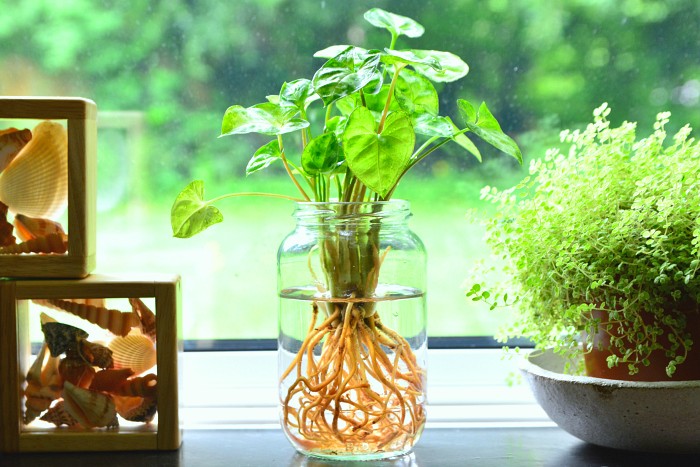
Growing plants in water, also known as hydroponic propagation, can be an enjoyable and straightforward process. Here's a step-by-step guide to help you get started:
- Gather the materials:You will need a glass jar or bottle, clean water, and healthy plant cuttings.
- Select suitable plants: Choose plants that are known to propagate well in water. These are typically plants that can grow from cuttings, such as pothos, philodendrons, spider plants, or herbs like mint or basil.
- Take cuttings: Identify a healthy, mature plant from which you can take cuttings. Using clean pruning shears or scissors, snip off a section of the stem just below a leaf node. A leaf node is where the leaves emerge from the stem. It's ideal to choose a cutting that already has a few leaves.
- Place cuttings in water: Fill the glass jar or bottle with clean water. Submerge the stem cutting in the water, making sure that the leaf node is fully immersed. Remove any leaves that would be submerged in the water.
- Find a suitable location: Place the jar or bottle near a window or in a spot that receives adequate sunlight. Most plants require 6-8 hours of sunlight per day, so choose a location where your cuttings can get sufficient light.
- Monitor and maintain the water: Check the water regularly to ensure it remains clean and clear. If the water becomes cloudy or develops an odour, replace it with fresh, clean water. You may also need to top up the water level if it decreases over time.
- Patience and observation: Over time, you will notice roots beginning to form from the submerged nodes of the cuttings. This process can take several weeks, so be patient and continue to provide the necessary conditions for growth.
- Transition to soil (optional): Once the roots have developed sufficiently, you can choose to transfer the cuttings to the soil if you prefer. Prepare a pot with well-draining soil and carefully transplant the rooted cutting, ensuring the roots are covered and supported by the soil.
Easy-to-Grow Plants in Water: A Selection for Water-Based Plant Propagation
Chinese Evergreen (Aglaonema)
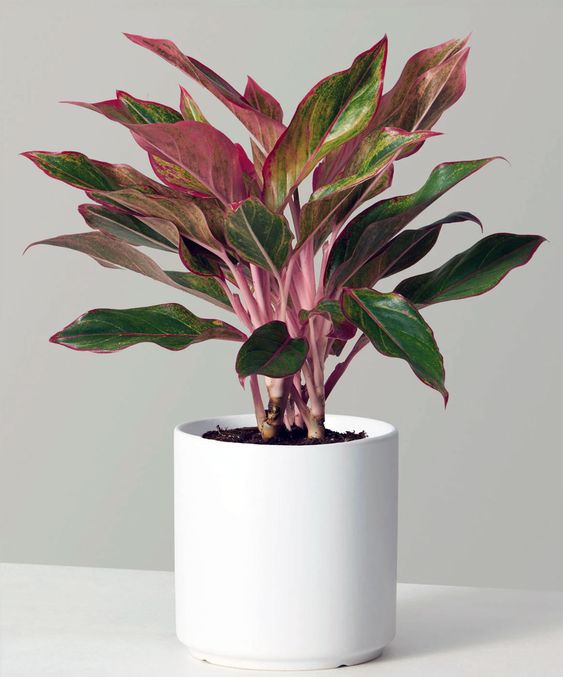
Chinese Evergreen is a low-maintenance plant that can tolerate low light conditions and dry air. It grows well in water and is a great choice for beginners.
Wandering Jew (Tradescantia zebrina)
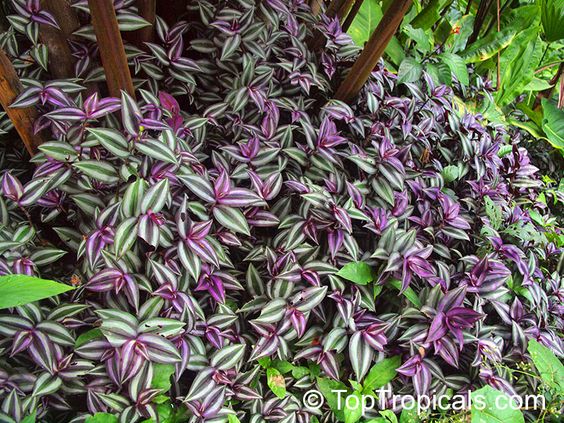
Wandering Jew is a beautiful trailing plant that thrives in warm climates. It's an excellent choice for indoor gardening and is known for its vibrant foliage. It's relatively easy to grow in water.
Philodendron Plants
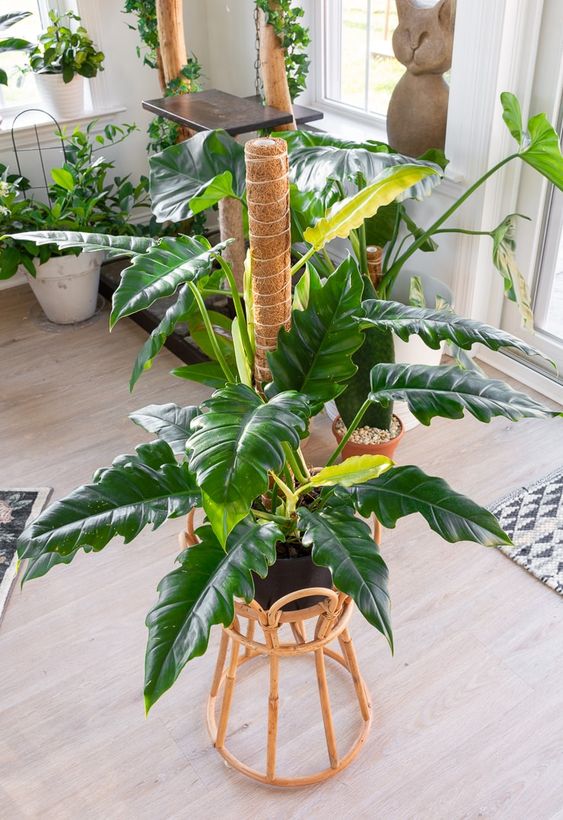
Philodendrons are versatile and hardy plants that can grow easily in water. They are known for their attractive, glossy leaves and can tolerate a variety of light conditions.
Peace Lily (Spathiphyllum)
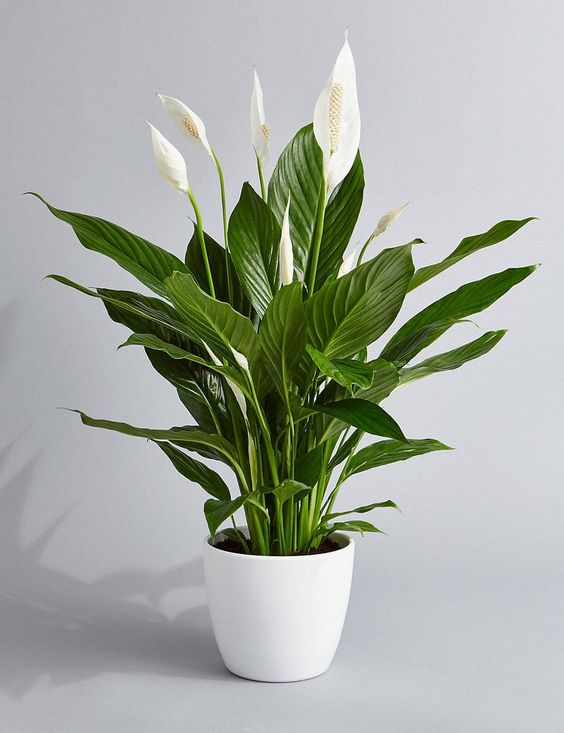
Peace Lily is a popular houseplant known for its elegant white flowers. While it generally prefers soil, it can still be grown in water with proper care and attention. Adding a small amount of fertilizer to the water can help it thrive.
English Ivy (Hedera helix)

English Ivy is a climbing plant that can be grown in water, although it requires ample light to maintain its health and vibrancy. It can add a touch of greenery and beauty to any room but needs regular monitoring and care.
Choosing the Ideal Containers for Water-Based Plant Growth
When it comes to choosing containers for water-based plant growth, there are several factors to consider. The right container will provide adequate support for the plants, allow proper root development, and facilitate efficient water management. Here are some considerations to keep in mind:
- Material: Containers can be made of various materials, including plastic, clay, ceramic, or fabric. Each material has its pros and cons. Plastic containers are lightweight, durable, and retain moisture well. Clay and ceramic containers are porous, allowing better airflow and preventing waterlogging. Fabric containers promote excellent drainage and root aeration.
- Size: The size of the container depends on the type of plants you want to grow. Smaller containers are suitable for herbs and small vegetables, while larger containers are needed for bigger plants such as tomatoes or fruit trees. Ensure that the container has enough room for root growth and provides stability for the plant.
- Drainage: Proper drainage is crucial to prevent waterlogging and root rot. Look for containers with drainage holes at the bottom to allow excess water to escape. If you choose a container without drainage holes, you can create a drainage layer by adding rocks or pebbles at the bottom.
- Depth: The depth of the container is important for root development. Different plants have different root systems, so choose containers that provide adequate depth. Shallow-rooted plants like lettuce or herbs can thrive in shallower containers, while deep-rooted plants like carrots or peppers require deeper containers.
- Water retention: Depending on the specific water requirements of your plants, you may want a container that retains moisture well or one that allows for better drainage. Containers made of porous materials like clay or fabric tend to dry out faster, while plastic containers retain moisture for longer periods.
- Aesthetics: Consider the visual appeal of the containers, especially if you plan to display them in a prominent location. Choose containers that complement your overall design and enhance the beauty of your plants.
- Mobility: If you intend to move your plants frequently or have limited space, consider containers with handles or wheels for easy mobility.
What is Hydroponics, How is it Different from Growing Plants in Water?
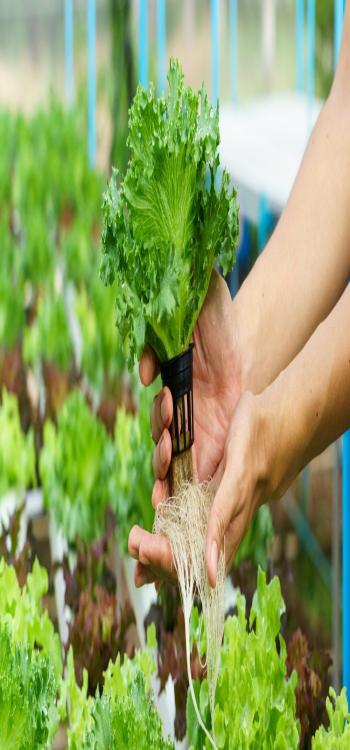
Hydroponics means ‘working water’ – hydro means water and ponos means labour. In this method of growing plants, the roots are placed in water that contains a nutrient-rich solution. This is said to work even better than growing plants in soil and growers say the yields are higher. Plants need nutrients and that’s why they needed soil, but if we add the nutrients to the water, then the soil is not needed. This is more for those who cultivate crops than for homes.
Hydroponics is different from simply growing plants in water as a lot more equipment is needed, such as
- Hydroponics system
- Hydroponic nutrients
- Inert hydroponics medium
- Light source
A hydroponics system will ensure that water and nutrients get supplied to the plant roots in exact quantities. There are various types and styles of systems you can build but they require a lot more time, money and dedication.
If you lack the space and the time to set up a hydroponics system, then choose to grow a plant in water, they require a lot less effort.
Plants that Can Grow in Hydroponics
If you're interested in exploring the world of hydroponics and curious about the types of plants that can thrive in this soil-less gardening method, you've come to the right place. Here’s a comprehensive hydroponics plant list.
Leafy greens
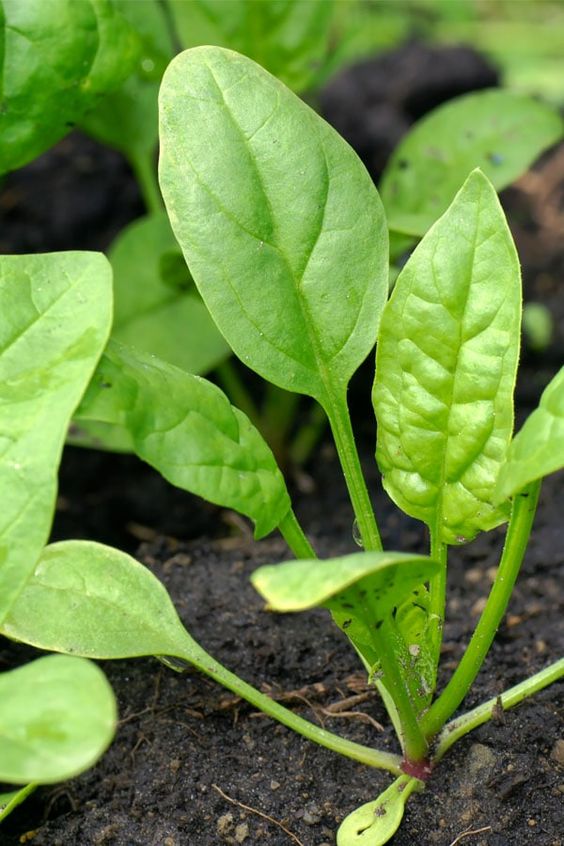
Lettuce, spinach, kale, Swiss chard, and arugula are popular choices for hydroponic cultivation. They have relatively short growth cycles and are well-suited for nutrient-rich water environments.
Herbs

Basil, cilantro, parsley, mint, and rosemary are commonly grown in hydroponic setups. They can thrive in controlled environments and produce aromatic foliage.
Tomatoes

Certain tomato varieties, especially determinate or compact varieties, can be grown in hydroponics. They require support systems such as trellises or stakes for proper growth.
Cucumbers
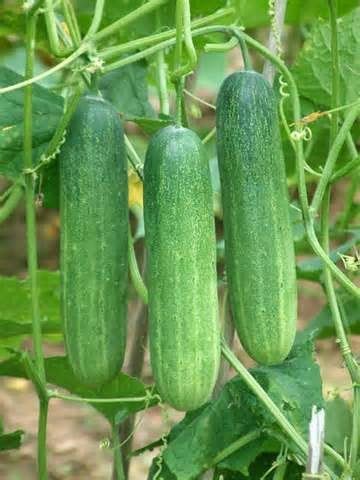
Compact or bushy cucumber varieties can be grown in hydroponics. They typically require trellises or other supports for vertical growth.
Peppers
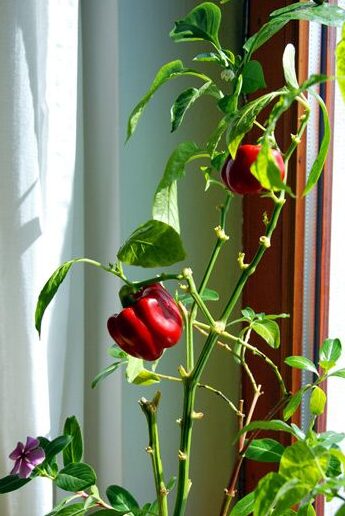
Bell peppers, chilli peppers, and other pepper varieties can be grown hydroponically. They need support as they grow taller.
Strawberries

Strawberries can be successfully cultivated in hydroponic systems. They require special attention to lighting and temperature conditions.
Microgreens
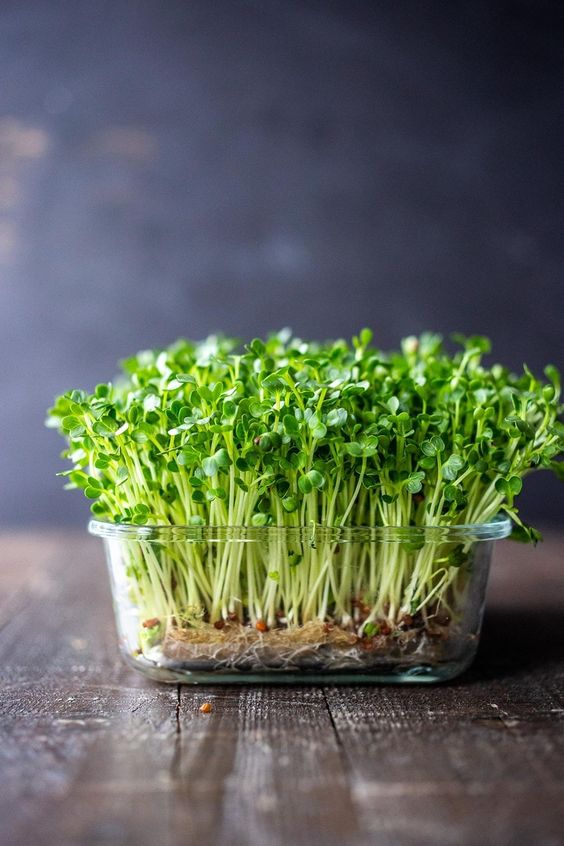
Microgreens are young, tender greens harvested when they are only a few inches tall. They include varieties like micro basil, micro arugula, and micro kale, among others.
How can NoBroker help?
In conclusion, we have explored the fascinating world of plants that thrive solely on water and the benefits of hydroponics. Now it's time for you to take the next step and embark on your hydroponic gardening journey. However, we understand that you may encounter some challenges along the way, such as sourcing the right equipment or troubleshooting nutrient imbalances.
That's where NoBroker comes in. With our extensive knowledge and expertise in hydroponics, we are your go-to resource for all your gardening needs. Don't hesitate to reach out to us for quick and efficient problem resolution. Start your water-powered green oasis today!

Ans:The best hydroponic system for growing tomatoes depends on various factors such as space, budget, and personal preference. Some popular options include nutrient film technique (NFT) systems, deep water culture (DWC) systems, and drip irrigation systems. Consider your specific needs and research the pros and cons of each system to determine the one that suits you best.
Ans: Yes, you can grow jalapenos hydroponically. They thrive in a hydroponic environment, and you can use similar systems that are suitable for other plants. Ensure they receive the right nutrient balance and adequate lighting, and you'll be rewarded with healthy and flavorful jalapenos.
Ans: Hydroponic farming is a method of growing plants without soil. Instead, plants are grown in a nutrient-rich water solution that provides all the necessary elements for their growth. This technique allows for precise control over nutrient levels, pH balance, and water delivery, resulting in efficient plant growth and higher yields.
Ans: Hydroponically grown plants can be just as healthy as soil-grown plants, if not more. Since nutrients are directly supplied to the roots, plants can absorb them more efficiently, leading to faster growth and potentially higher nutrient content. However, it's important to maintain the proper nutrient balance and ensure adequate light and water for optimal plant health.
Ans. Absolutely! Hydroponic plantations can be set up at home, even with limited space. There are various compact and vertical hydroponic systems available that are suitable for home use. These systems often require minimal maintenance and can be a rewarding way to grow fresh herbs, leafy greens, or even small vegetables in the comfort of your own home.
Loved what you read? Share it with others!
Most Viewed Articles
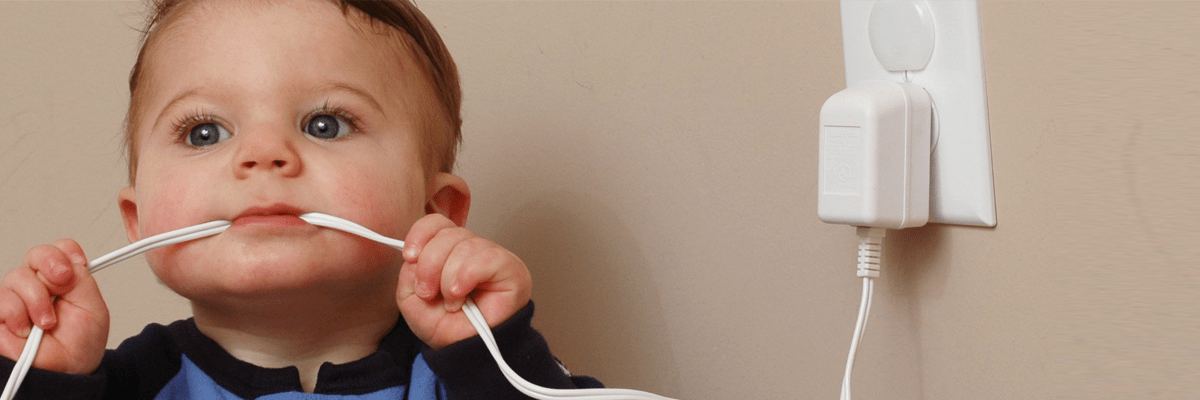
15 Safety Rules at Home for Kids
May 18, 2020
404092+ views

Plants That Need Only Water to Grow and How it is Different from Hydroponics
July 27, 2023
120492+ views
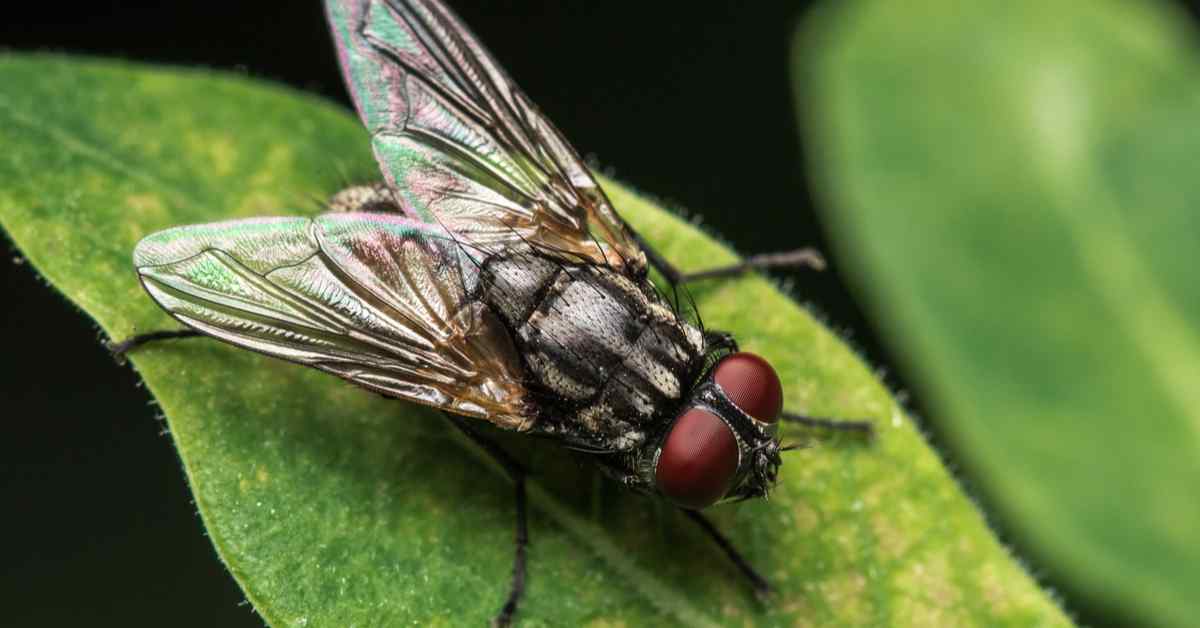
The Ten Most Effective Ways to Get Rid of those Buzzing Houseflies!
December 17, 2024
27429+ views

Kutcha House - Construction, Purpose and Significance!
January 15, 2025
23990+ views

Best Out-of-Waste Ideas to Decorate Your Home
December 19, 2024
22539+ views
Recent blogs in
Particle Board vs Plywood: Differences, Suitability, Pros and Cons
January 15, 2025 by Simon Ghosh
4 BHK House Plan in 2025: Modern Designs for Spacious Living and Luxurious Lifestyle
January 15, 2025 by Kruthi
Kutcha House - Construction, Purpose and Significance!
January 15, 2025 by Ananth
Top Indoor Air Purifying Plants: Clean Air for Healthier Living
December 31, 2024 by NoBroker.com
12 Smart Home Ideas to Help You Reinvent Your Space
December 27, 2024 by NoBroker.com




Join the conversation!